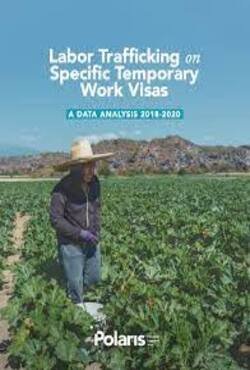By Caroline Cawley, Jamila Henderson, Hemal Kanzaria, Johanna Lacoe, Stephen Paolillo, Kenneth Perez, Maria Raven and Alissa Skog
People with multiple, complex health and housing needs frequently receive fragmented care because the providing systems operate independently. Typically, individuals who come into frequent contact with the emergency medical system (e.g., emergency departments; emergency medical services) also interact with other health services and public systems such as psychiatric facilities, substance use treatment centers, shelters, and jails. Cross-sector care coordination is limited, in part, because data systems are not linked across physical health, behavioral health (mental health and substance use), housing, and criminal legal systems. To help San Francisco better serve this high need population, the California Policy Lab at UC Berkeley and the UCSF Benioff Homelessness and Housing Initiative worked with our partners in San Francisco’s public health and criminal legal systems to link together ten years of data from the physical health, behavioral health, housing, and criminal legal sectors. Using these linked data, we identify individuals with high utilization of the criminal legal system and the medical and behavioral health systems in a single year. High criminal legal utilization is defined as at least three jail bookings in a year, while high healthcare utilization is seven or more urgent/emergent healthcare contacts in a year. To understand trends before and after a year of high utilization, we analyze 5 two cohorts. The 2011 cohort includes 211 people with high utilization of both systems in fiscal year 2011, while the 2020 cohort includes 161 individuals with high utilization of both systems in fiscal year 2020. This allows us to observe patterns of system use before and after years of high utilization. We find: • Almost all the individuals in both cohorts experienced homelessness (98–99%) • High utilization is linked to premature death: more than one quarter of the 2011 cohort is deceased within 10 years • Between 80–90% of individuals in both cohorts have substance use disorders, and many also have co-occurring mental health and physical health disorders • More than 90% of the individuals in both cohorts have been booked into jail for a felony and a misdemeanor • Many of the individuals in the 2020 cohort were in San Francisco and had contact with at least one of these systems in the prior 10 years. For example, 30% of the 2020 cohort was booked into jail in 2011. These findings highlight the need for coordinated, evidence-based interventions to address these individuals’ complex needs, stabilize housing, and prevent poor health outcomes including untimely death.
Los Angeles: California Policy Lab, 2022. 34p.





















